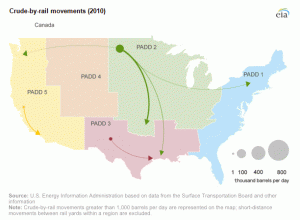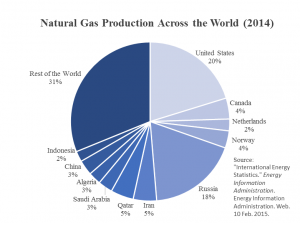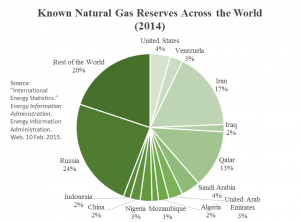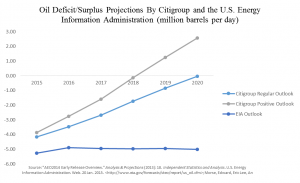U.S. Energy Infrastructure Still Lacking
Energy booms, whether from oil or gas, will continue as both technology develops and more resources are discovered. However, each energy boom puts a strain on our existing energy infrastructure. For instance, oil can be transported by truck, ship, rail and pipeline. Pipeline is the safest and most reliable way to transport oil. Even with 185,000 miles of liquid petroleum pipeline across the United States, there is just not enough to transport the huge volume in the current boom. The lack of pipeline has increased transportation by rail and rail accidents during this time.
- The recent increase in transportation of oil by rail has increased the number of rail accidents.
- In 2014, 70 percent of petroleum products and crude oil were shipped by pipeline, while 3 percent was shipped by rail.
- A recent study by Fraser affirms their safety by reporting transporting oil by pipeline is 30 times less harmful than by train.
More and more oil is extracted every day and our storage capacity is overflowing. Two things need to happen that will greatly alleviate this situation. First, more pipelines are needed to transport all of this new oil. Second, all of this oil needs a place to go. Building more storage capacity only temporarily alleviates the problem. The crude oil export ban needs to be lifted so that the oil can get out of the over capacity storage units and enter the energy market.



